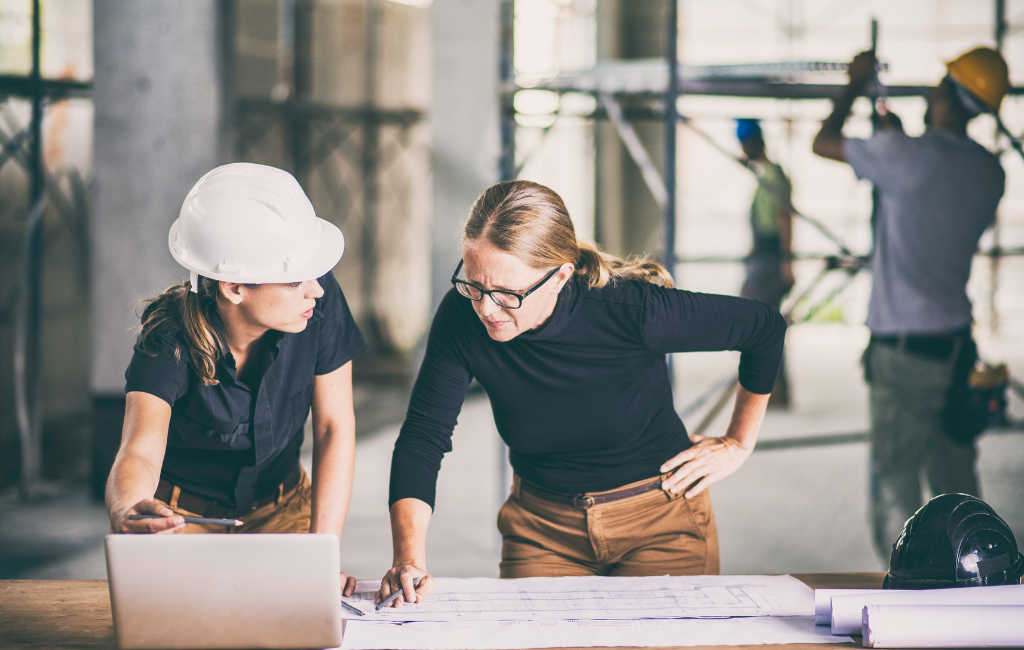Architect: Transforming Spaces with Creativity and Functionality
Architecture is more than just the art of designing buildings; it is the science of creating spaces that enhance the human experience. Architects play a pivotal role in shaping our environments, blending creativity with functionality to produce structures that are both aesthetically pleasing and practical. This article explores the multifaceted role of architects, the principles they follow, and the impact they have on our daily lives.
The Role of an Architect
Architects are responsible for the design and planning of buildings and other structures. Their work involves a combination of technical knowledge, creative vision, and an understanding of the needs and desires of the people who will use the spaces they create. The role of an architect can be broken down into several key areas:
- Design: Creating the overall look and feel of a building, including its shape, layout, and materials.
- Planning: Ensuring that the design meets all necessary regulations and codes, and that it is feasible within the given budget and timeline.
- Project Management: Overseeing the construction process to ensure that the project is completed on time and within budget.
- Client Interaction: Working closely with clients to understand their needs and preferences, and to keep them informed throughout the project.
Principles of Architecture
Architects follow a set of principles that guide their work and help them create spaces that are both beautiful and functional. These principles include:
- Form and Function: The design of a building should be both aesthetically pleasing and practical for its intended use.
- Sustainability: Modern architects strive to create buildings that are environmentally friendly and energy-efficient.
- Context: A building should fit harmoniously into its surroundings, taking into account the local culture, climate, and landscape.
- Innovation: Architects are always looking for new and innovative ways to solve design challenges and improve the built environment.
Impact on Daily Life
The work of architects has a profound impact on our daily lives. Well-designed buildings can improve our quality of life in many ways, including:
- Health and Well-being: Buildings that are designed with natural light, good ventilation, and comfortable spaces can improve our physical and mental health.
- Productivity: Workspaces that are designed to be functional and comfortable can increase productivity and job satisfaction.
- Community: Public spaces that are well-designed can foster a sense of community and encourage social interaction.
Case Studies
To illustrate the impact of architecture, let’s look at a few case studies:
The High Line, New York City
The High Line is a prime example of how creative architecture can transform an urban space. This elevated park was built on a disused railway line and has become a popular public space that attracts millions of visitors each year. The design incorporates native plants, art installations, and seating areas, creating a unique and vibrant urban oasis.
The Eden Project, Cornwall, UK
The Eden Project is a series of biomes that house plants from around the world. The design of the biomes is both innovative and sustainable, using a combination of steel and ETFE (a type of plastic) to create large, light-filled spaces that mimic different climates. The project has become a major tourist attraction and a center for environmental education.
The Salk Institute, La Jolla, California
Designed by architect Louis Kahn, the Salk Institute is a research facility that is renowned for its minimalist design and stunning ocean views. The building’s layout encourages collaboration and interaction among researchers, while the use of natural materials and light creates a serene and inspiring environment.
Statistics and Trends
Architecture is a constantly evolving field, with new trends and technologies emerging all the time. Some current trends in architecture include:
- Green Building: According to the World Green Building Council, green buildings can reduce energy use by up to 30% and water use by up to 50%.
- Smart Buildings: The use of smart technology in buildings is on the rise, with the global smart building market expected to reach $109 billion by 2026.
- Adaptive Reuse: More architects are focusing on repurposing existing buildings rather than building new ones, which can reduce environmental impact and preserve historical structures.
Conclusion
Architects play a vital role in shaping our built environment, using their creativity and technical skills to create spaces that enhance our lives. By following key principles and staying abreast of current trends, architects can design buildings that are not only beautiful but also functional and sustainable. Whether it’s a public park, a research facility, or a residential home, the work of architects has a lasting impact on our communities and our quality of life.
